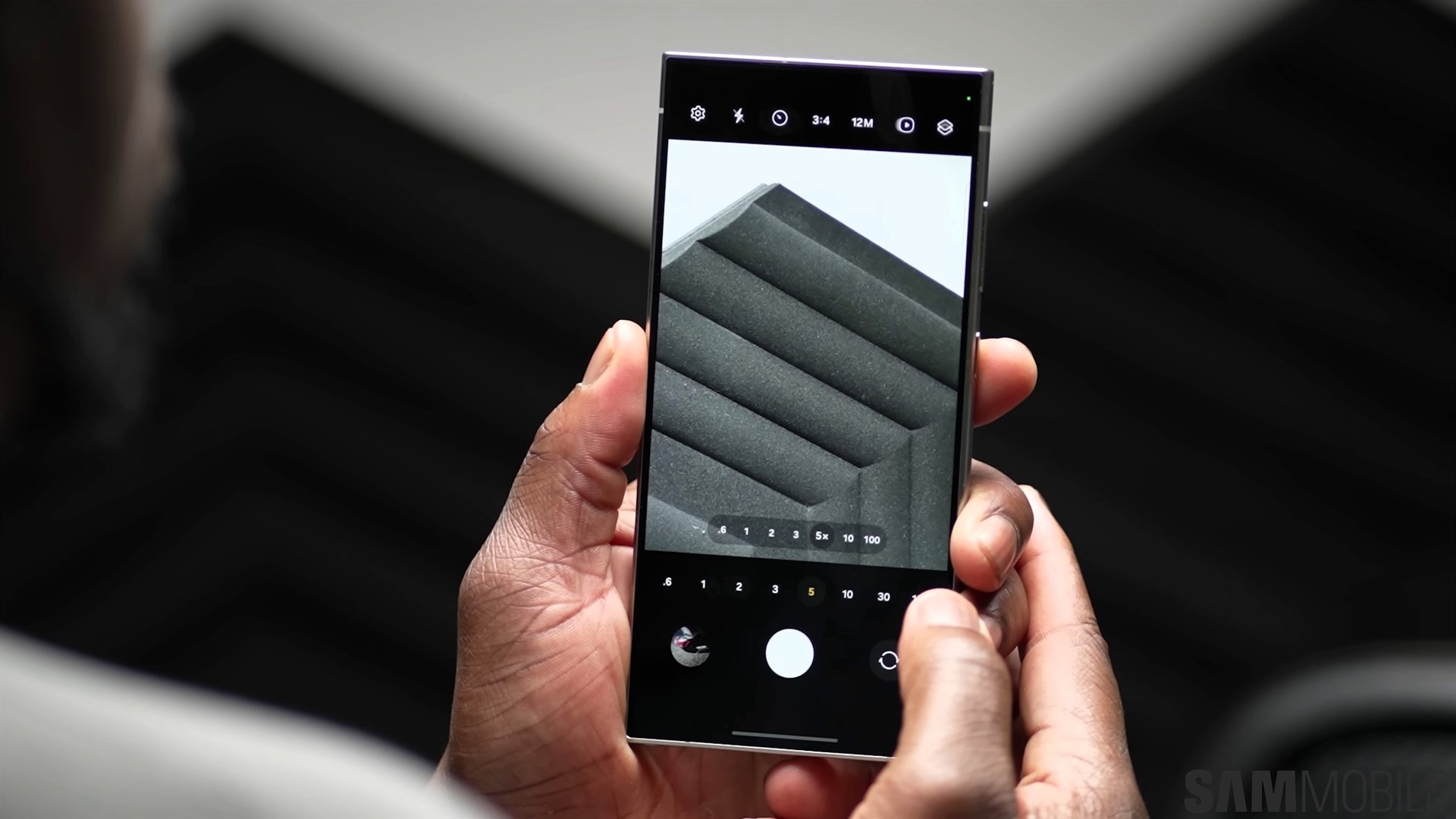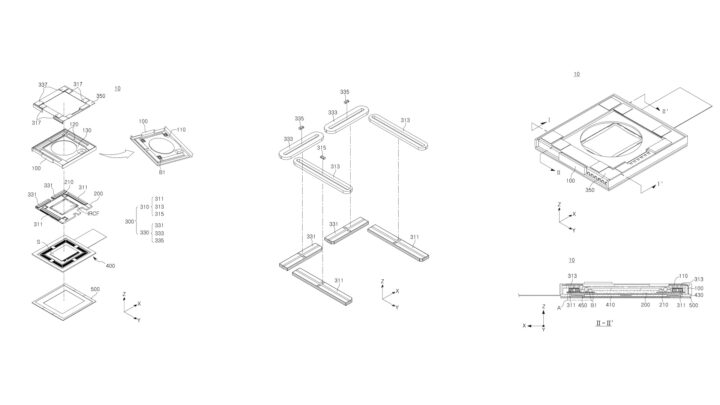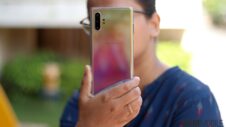Samsung raises the bar for smartphone cameras each year, and it appears its plan will stay the same in the coming years. The company appears to be working on a new camera stabilization system for smartphone cameras. Looking at one of the company's patent applications, it appears the company is working on Sensor Shift OIS for smartphone cameras.
Sensor Shift OIS could improve image and video capture performance on Samsung smartphones
The first Samsung smartphone with optical image stabilization (OIS) was the Galaxy S6, which was launched in 2015. Since then, Samsung has improved the performance of OIS but has used the same method: stabilizing the lens. Apple, though, switched from regular OIS to Sensor Shift OIS with the iPhone 12 Pro Max in 2020. While Samsung was spotted working on Sensor Shift OIS in 2021 and in 2023, it didn't bring that feature to any of its phones, and it appears that the company's work on Sensor Shift OIS is continuing.
The folks at GalaxyClub spotted a patent filed by Samsung Electro-Mechanics at the end of July 2024. It talks about an “Actuator for optical image stabilization and camera module including the same,” which largely refers to a camera stabilization method similar to Sensor Shift OIS. It describes how a lower actuation force to stabilize the camera sensor results in a more precise correction of the sensor position.
Will Sensor Shift OIS come with Galaxy S25 Ultra?
It is clear from the 32-page patent application that Samsung is continuing its work in Sensor Shift OIS for smartphone cameras. However, it doesn't reveal when the company could actually bring that technology to its smartphones. The Galaxy S24 series was expected to bring Sensor Shift OIS, but that didn't happen. Hopefully, Samsung would bring that with the Galaxy S25 Ultra, which is said to feature a huge camera upgrade.
Watch our review of the Galaxy S24 Ultra's cameras in the video below.
The Galaxy S25 Ultra is said to feature a 200MP primary rear camera, a 50MP ultrawide camera with autofocus, two 50MP zoom cameras (3x and 5x optical zoom, respectively), and a 12MP front-facing camera. A jump to higher-resolution camera sensors should theoretically result in improved details in images and videos.
Despite the lack of Sensor OIS in the Galaxy S24 Ultra, it stacked up pretty well compared to the iPhone 15 Pro Max. So, if the Galaxy S25 Ultra uses Sensor Shift OIS, it could have huge positive impact on the overall performance of the camera and could help Samsung nudge past Apple in the camera segment.








